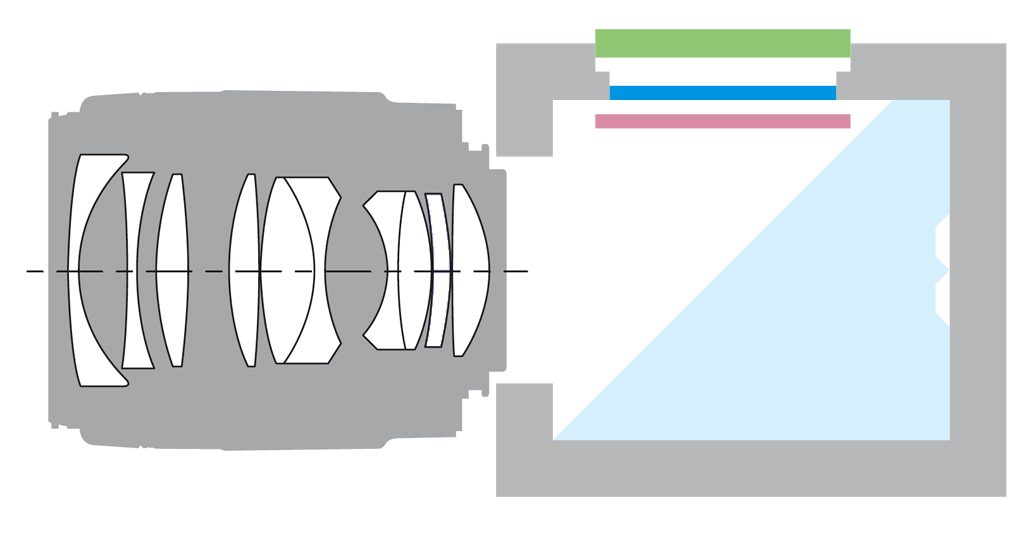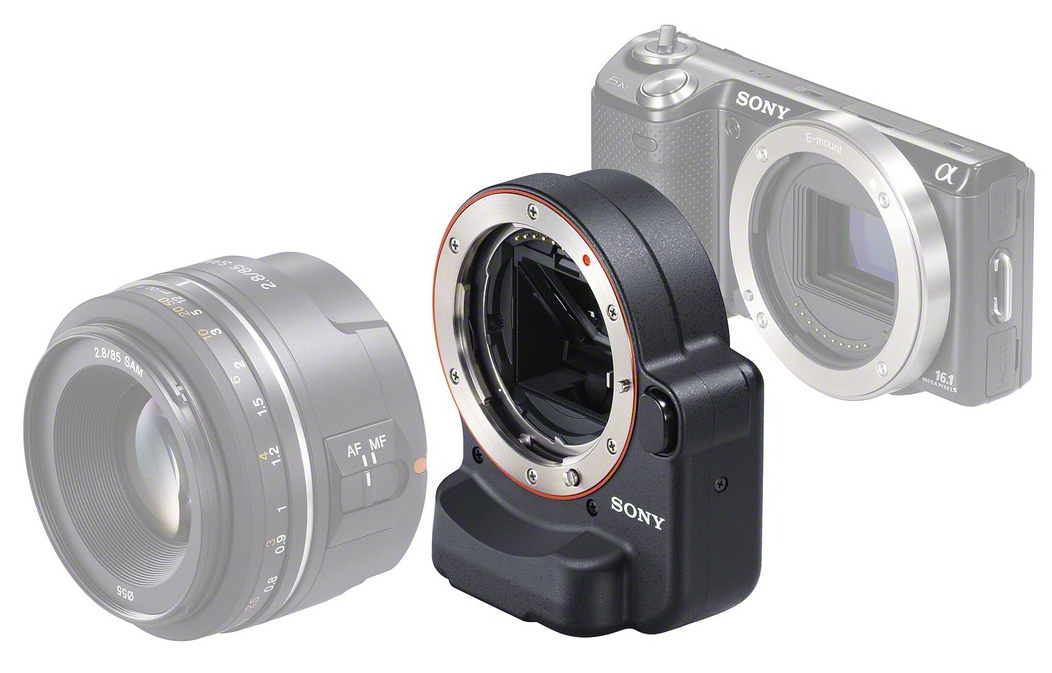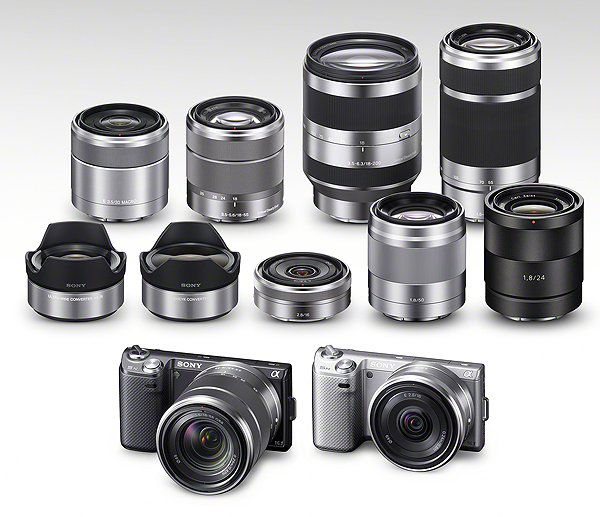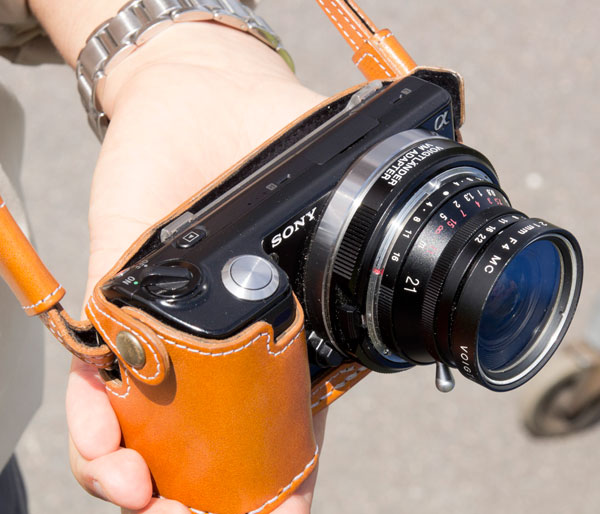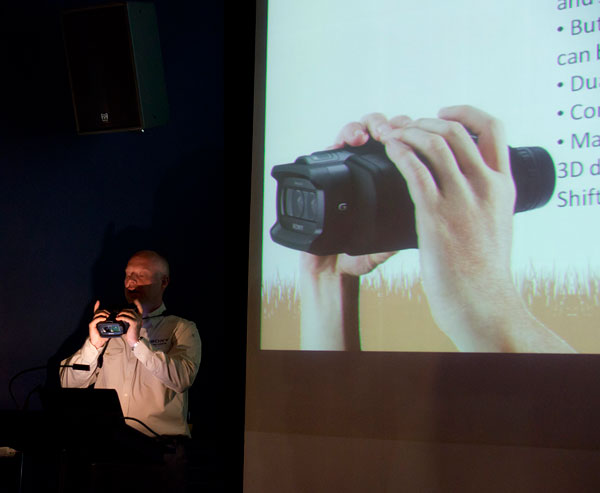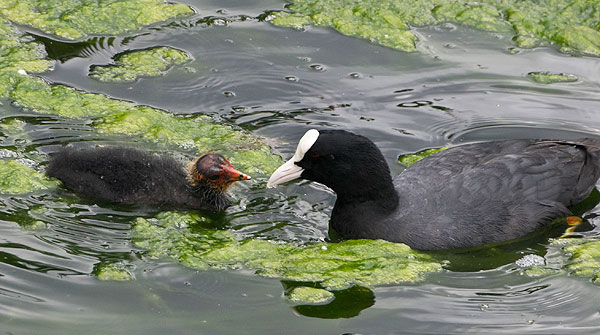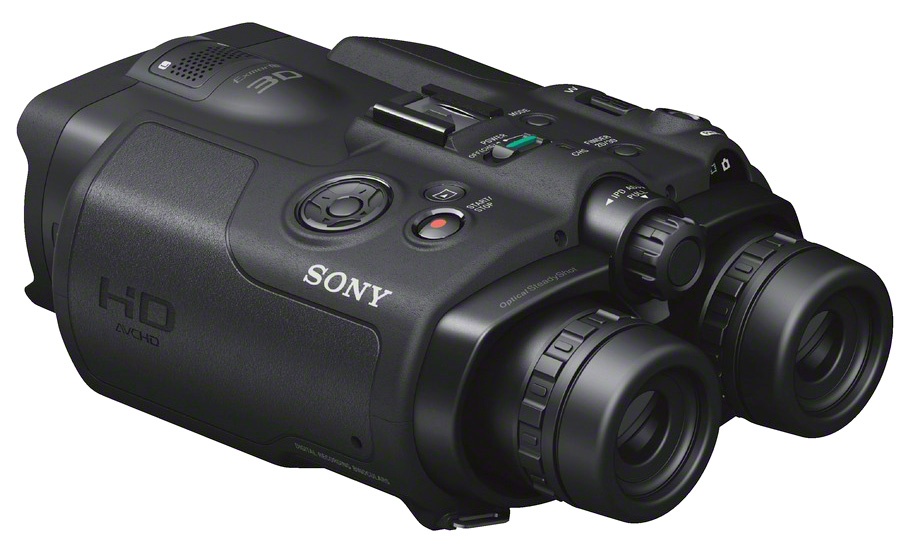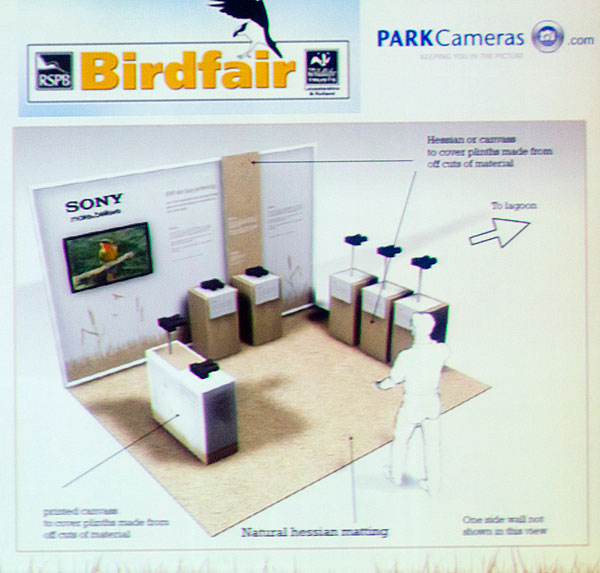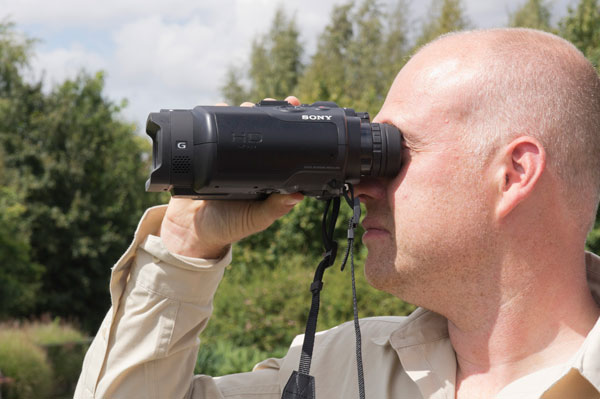Sony – please add gain control to A77 sound
When I had the Canon 60D and 600D cameras for the usual brief period of magazine review loan, one of the things I could have tested more thoroughly was the excellent implementation of sound input gain control. Since it worked, and worked really well, I had no need to. Any system with auto gain, in contrast, needs to be hauled out to big rock music gigs, into busy urban environments, stuck close to the speaker at public events and so on.
This is the screen from the Canon 600D, which is not an expensive camera. Being realistic, it and the 60D with their usefully articulated rear screens and 18 megapixel filesize are more than decent competition from some months ago for the forthcoming Alpha 77. At the moment it seems as if Sony has leapfrogged Canon, but when you actually look at the capabilities of the 60/600 for practical everyday work they remain competitive.
This audio control screen is one of the main reasons why. I read people, Sony users, on forums saying that lack of audio control is quite simply a deal-breaker. And I know why. I am an occasional musician and occasionally my wife will press the MOVIE button on an Alpha or NEX aimed at me. It’s a complete lottery as to whether than button is pressed during a quiet microsecond between notes, in dead silence, with a full PA sound level or whatever. When making a recording using one of these cameras, I will often ask the subject to speak or play a loud chord so that I can press MOVIE and get a low auto mic gain preset. The worst scenario is to press MOVIE in total silence because the auto gain will then try to boost the sound to pick up the birds outside the window and the floorboards creaking. And it will stay on that gain level for the entire take.
What this means in practice is that different takes have different gain levels. It would be even worse if the gain was dynamic during the take, varying with the level so that quiet moments suddenly get rewarded by an increase in hiss and irrelevant noises. There are plenty of camcorder devices which do that and they are unusable.
Auto gain – which applies to both the internal and external mic feeds for the Alpha 77, and also to the NEX models and earlier Alphas – is simply not acceptable as the only option in an age where users like to film concerts and gigs, live music, bands, parades, festivals and noisy events. Small condensor mics are very prone to clipping (distorting loud sounds) in what are known as ‘high sound pressure’ environments. That is, stuff which hurts your ears if you are a dog or under 30.
You can avoid high sound pressure clipping by using a top quality external plug-in mic, as you are never going to eliminate it with the internal mics. But you can only do so reliably if the camera offers manual control of audio level. Nikon’s cameras – even the expensive D3S – only offer three levels of sound gain and no ability to monitor or test the effect. Canon’s latest models have an exemplary interface with 22 visible dB (deciBel) levels and an even finer graded adjustment with a continuous Rec. Level scale. This applies to either the internal (mono, less satisfactory) mic or external stereo.
Although Canon’s official line is that the external mic socket is for mic only, not for line mixers, it is in fact compatible with any good quality line source you can control for volume level. The setup above is just an imaginary studio shot, not real recording, but shows two Behringer condensor mics routed through a Mackie Onyx Satellite twin mic preamp. I used the headphone output, with its controllable volume, to feed the Canon 600D. There did not appear to be any impedance issues but of course I started with the sound output at zero and used the Canon’s manual sound monitor to adjust it.
This is not advanced audio. This is basic home recording stuff. It’s well within the target owner bracket of the Alpha 77. Sony, if Canon can do this, so can you. Even just implementing three manually set High, Normal, Low fixed volume (gain) settings like Nikon would be a partial cure. Nikon’s solution is not total, and I sold my Nikon D5000 because of the terrible clipping which happened on any setting when trying to record amplified solo gigs. Even little 40W solo amps and a simple vocal and guitar would send the Nikon into a crackle of distorted mess. The Sony mics seems to be much better and do not clip so readily. They are stereo and I’d rate the sound quality from the internal mics on NEX and Alpha so far to be much better than Canon’s internal mono (the AVCHD recording standard helps too). But without proper control of sound, the Alpha 77 is hamstrung. It is indeed a deal-breaker for some buyers.
It can be fixed if the firmware allows access to that function.
The video area issue
While you are at it, fix the HD video framing screen marks on some earlier and current models – we hope it has been sorted in the new ones.
It’s simple enough. The Sony CMOS 14 megapixel sensor crops to 16:9 for panoramic shots (you can select yo shoot in this format if you want) and also crop to 16:9 for HD1080 video. But these two crops are not the same. The still 16:9 just trims a bit off the top and bottom of the image. The HD video format trims even more and also takes some off both ends, zooming in (in effect) on an overall sensor crop.
When you shoot normal 3:2 ratio 35mm shape shots, and press the MOVIE button, the resulting crop is so dramatic that you can cut someone’s head off in the movie having thought it was well within the frame for stills.
As you can see in the shot above, the NEX does display some faint corner crop marks to indicate the video frame. But no-one I have shown the camera to actually notices these crops at all, especially if other grids or marking are displayed. Setting the camera to 16:9 stills improves the position, the faint crop marks are now equally distant from all four corners but still unlikely to be clearly visible. It’s clear from forum comments and messages elsewhere that many owners have never spotted these marks at all. The frame corner markings are not easily seen against some subjects (example above, lower marks), and you need to know where they are in order to recognise them.
This issue is not present in the Alpha 55, where the movie is only cropped top and bottom, and slightly bolder frame crop marks are shown in the finder. Even so, two very clear lines which can be turned on or off would be a better indicator and help users frame video correctly before pressing the record button. If you set 16:9 still shooting on the A55, you can go into movie capture without any change to the image framing.
Note that the ends of the composition are cropped, as well as the top and bottom, when pressing MOVIE Record from the startpoint of a 3:2 format still shot on the NEX-3 and NEX-5 with their 14 megapixel sensors. When shooting HD video, note that frame corners for the 4:3 TV format (non-HD crop) are displayed.
In an ideal world, the HD movie would be the full 16:9 still size as on the A55, giving you the best use of wide-angle lenses. But that is probably not possible because of the way HD1080 is extracted from the overall sensor area of the NEX-3/5.
So, what we need is simple enough – a firmware option to display the HD Movie crop area far more distinctly on the EVF or rear LCD screen, whatever still shooting mode is being used. Ideally it should be a complete rectangle to show the actual area which will be active when you press MOVIE and record.
Like the audio control issue, this is a firmware fix and could also be applied to earlier models like the NEX-5. It’s probably a simpler fix than audio.
Of more concern is whether or not the 24 megapixel sensor behaves like the 14 megapixel (HD movies cropped all round) or like the 16 megapixel sensor (HD movies cropped top and bottom only). So far this has not been made clear by early testers or Sony sources. If it is a cropped HD, let’s hope that a very clear and obvious movie-frame preview can be added, or the MOVIE button function changed so that one press activates the movie frame view, the next press starts record, the next press ends record. I would actually like to see a menu option where ending a recording does not exit movie mode, but leaves you able to press the movie button again to resume filming, and to end movie capture you need instead to press the shutter button (with or without a still capture).
– David Kilpatrick






